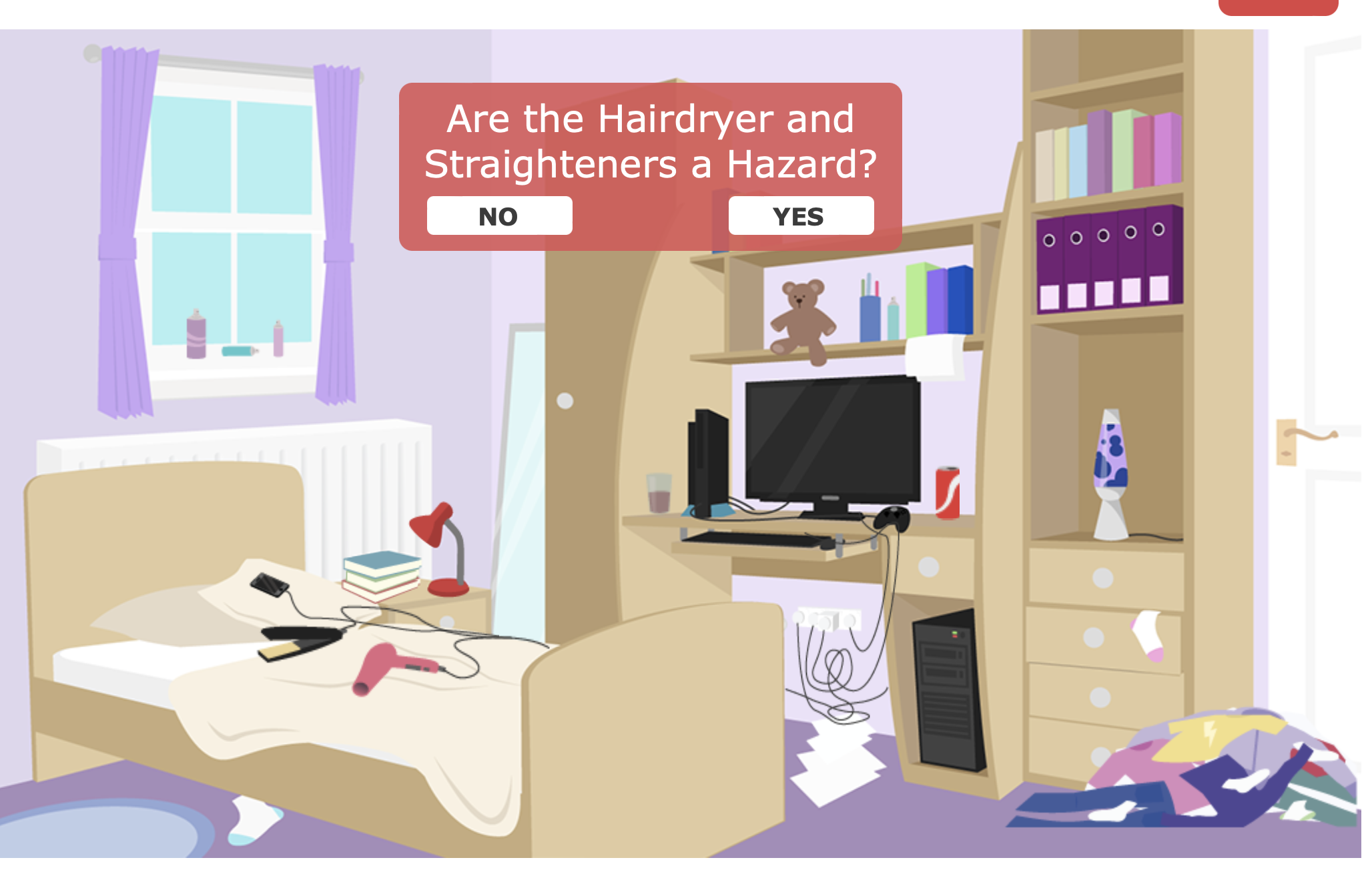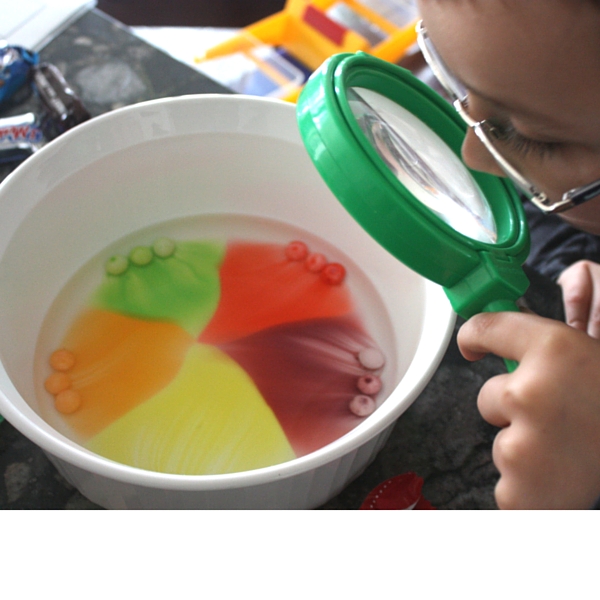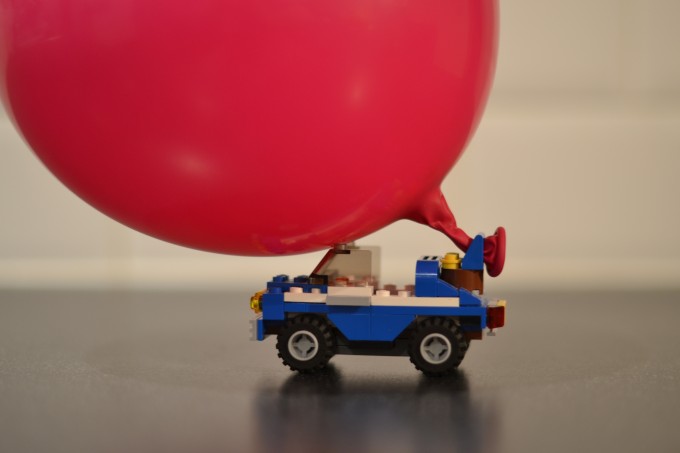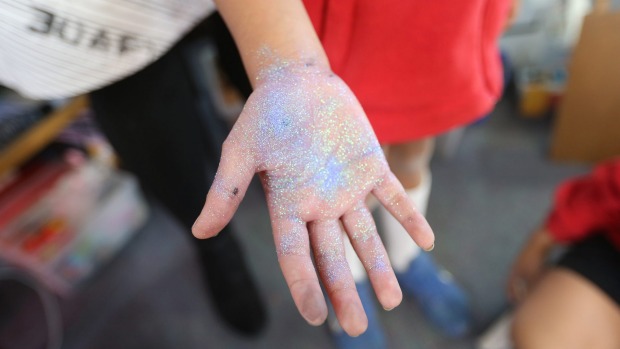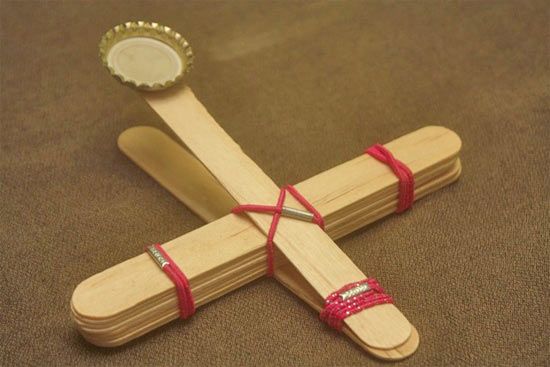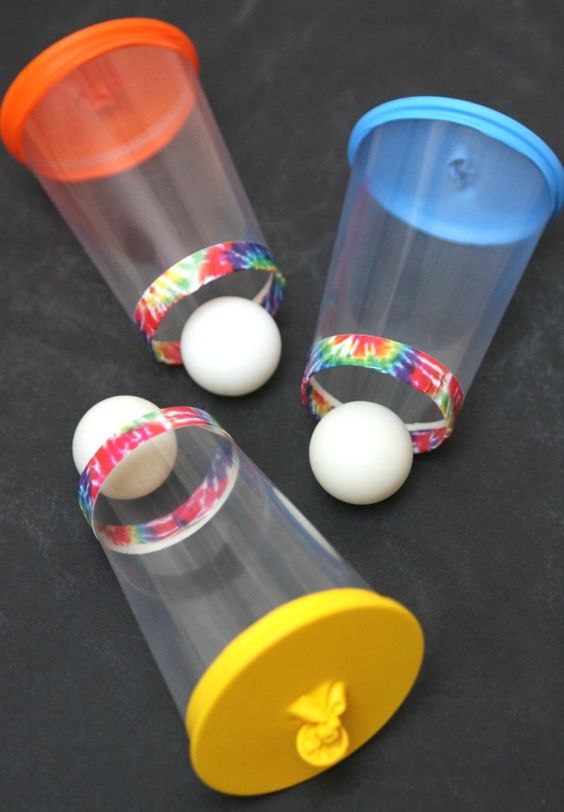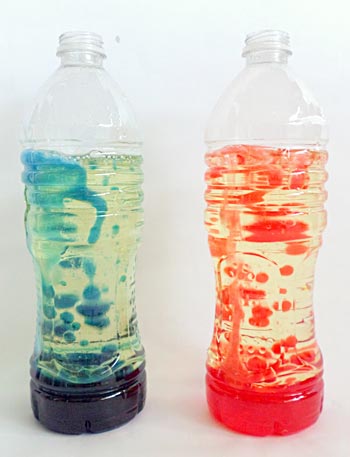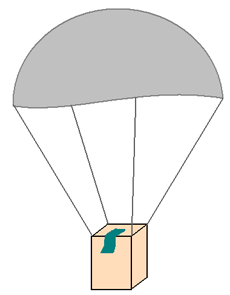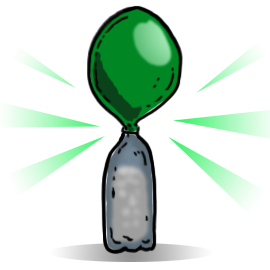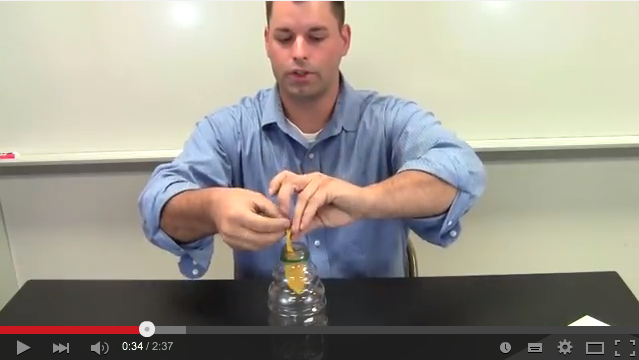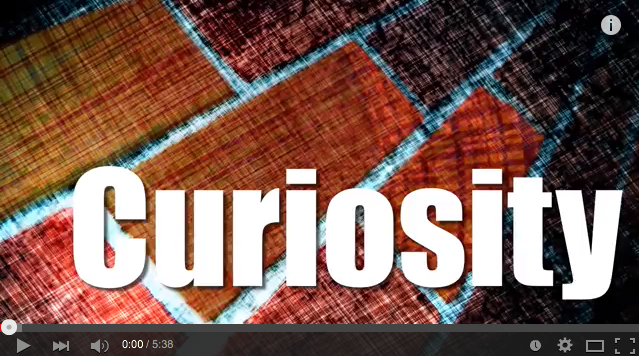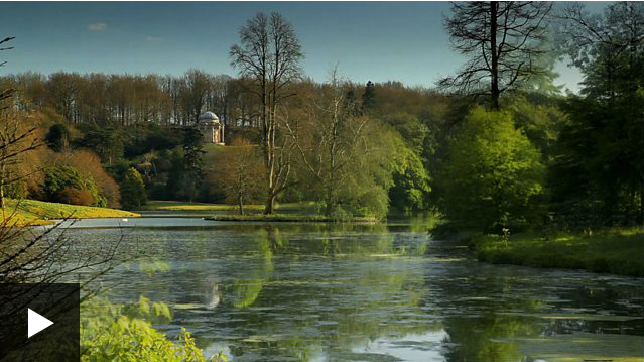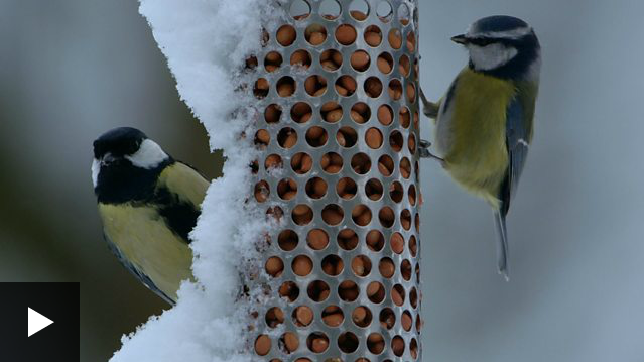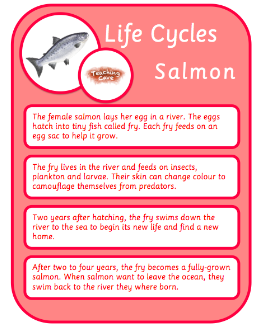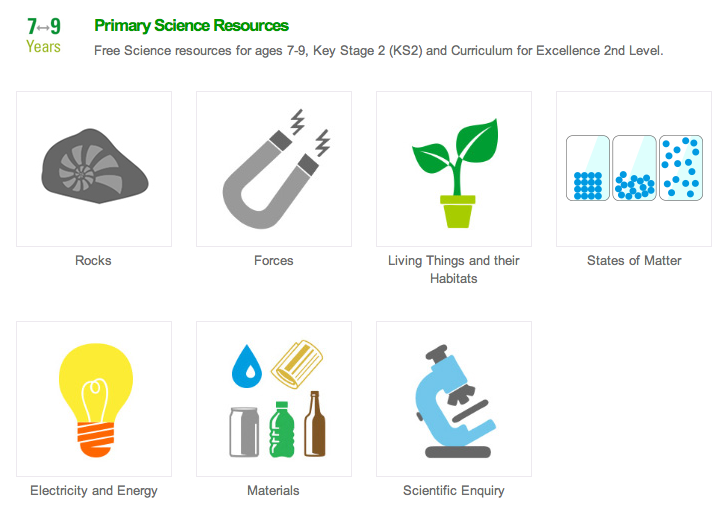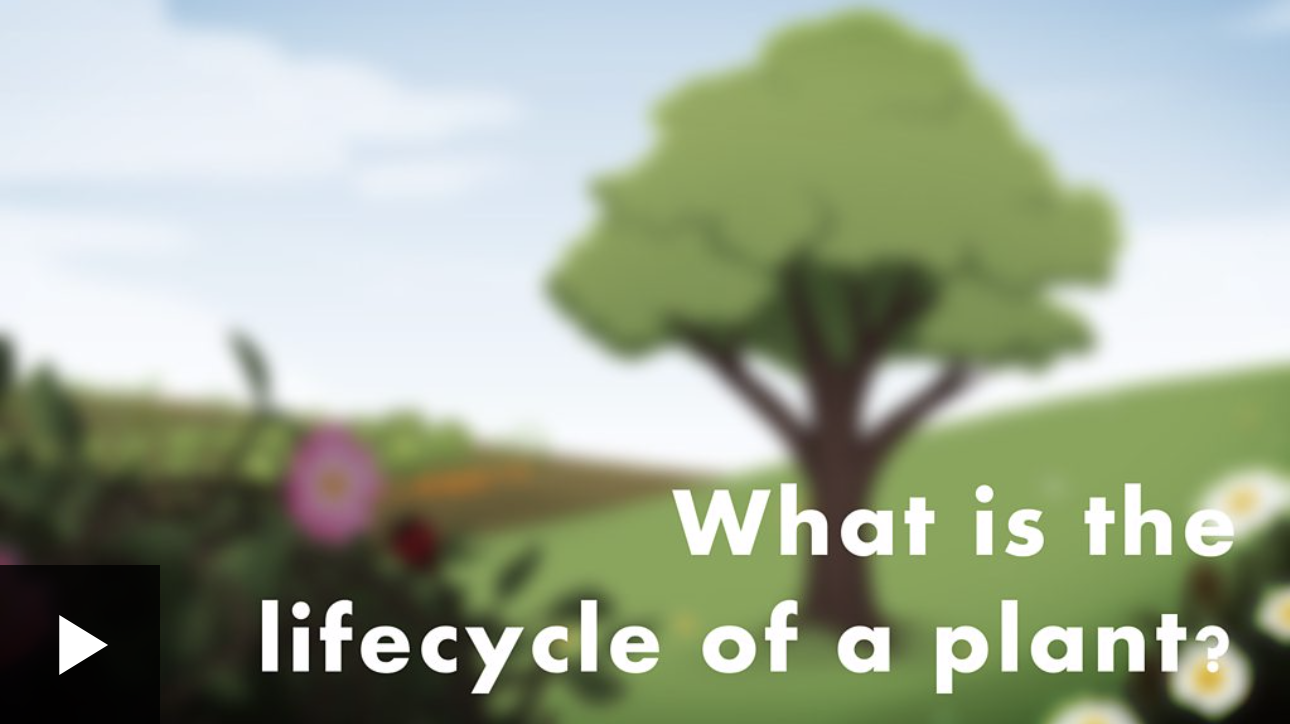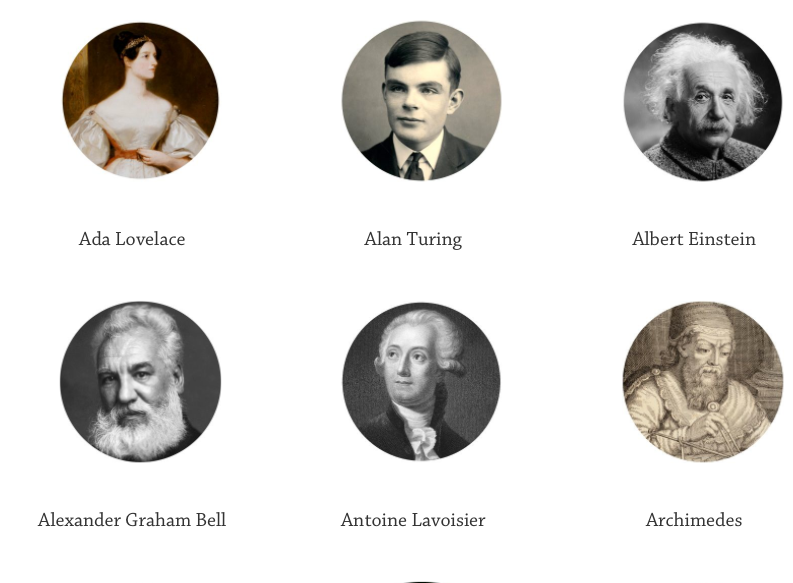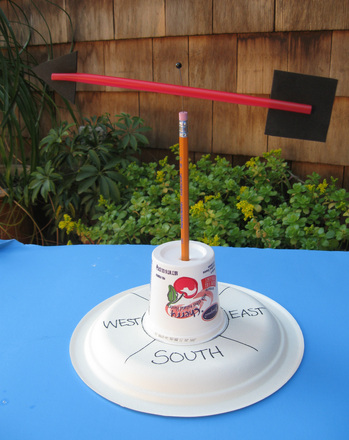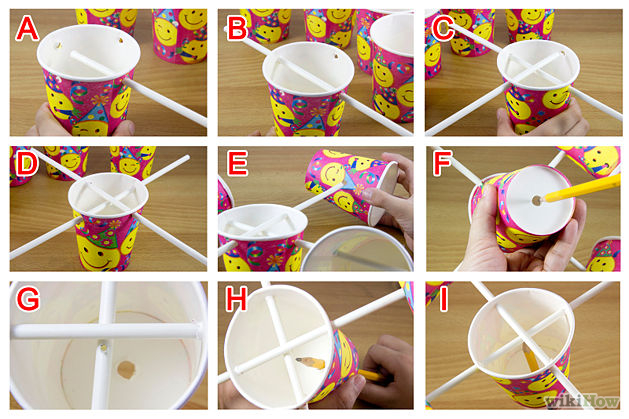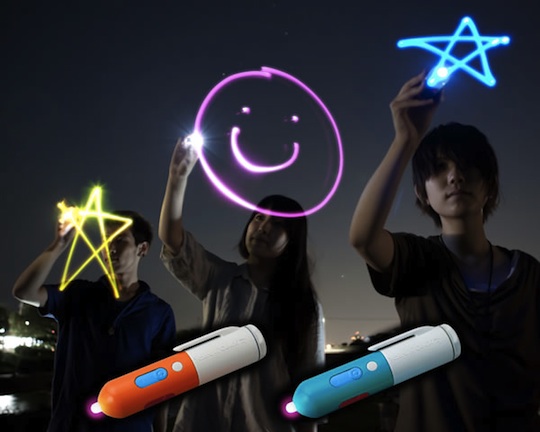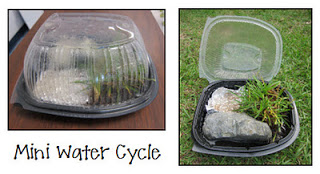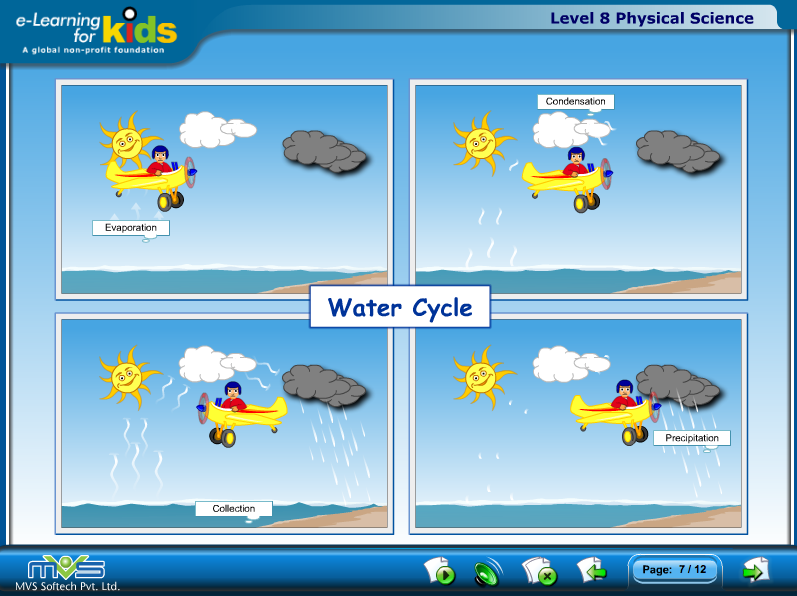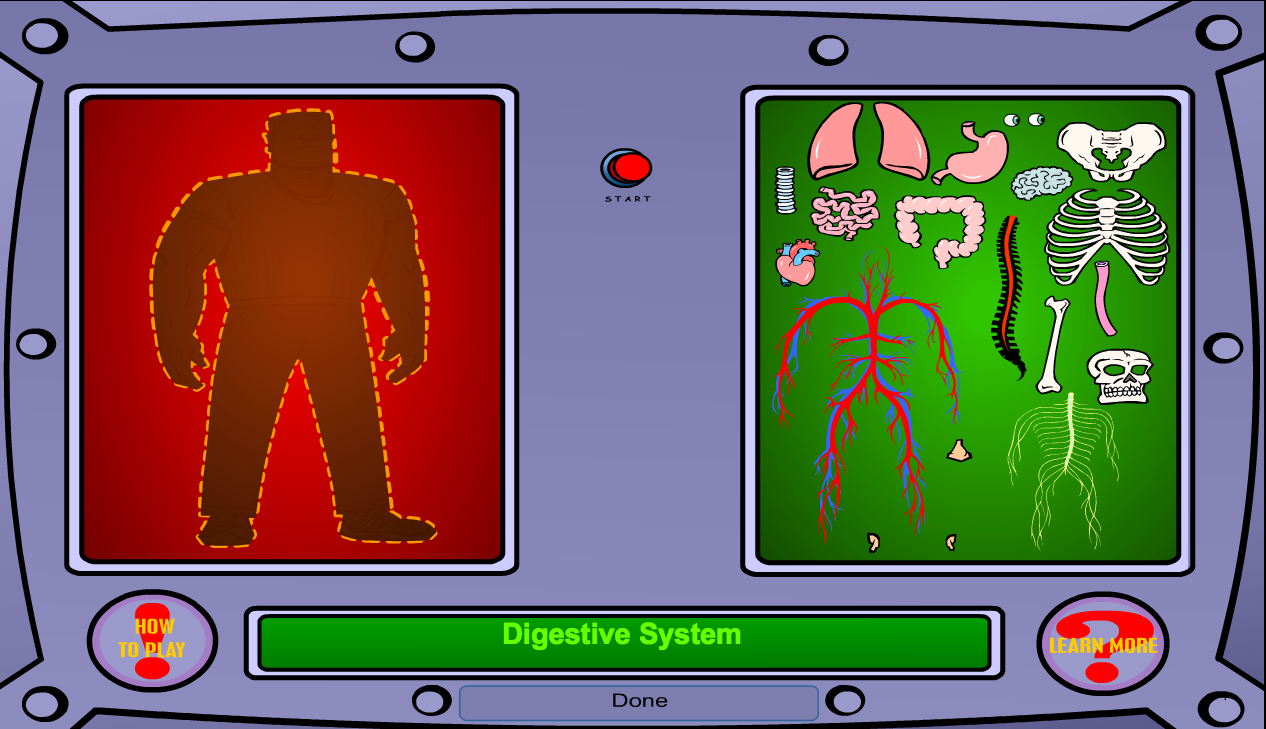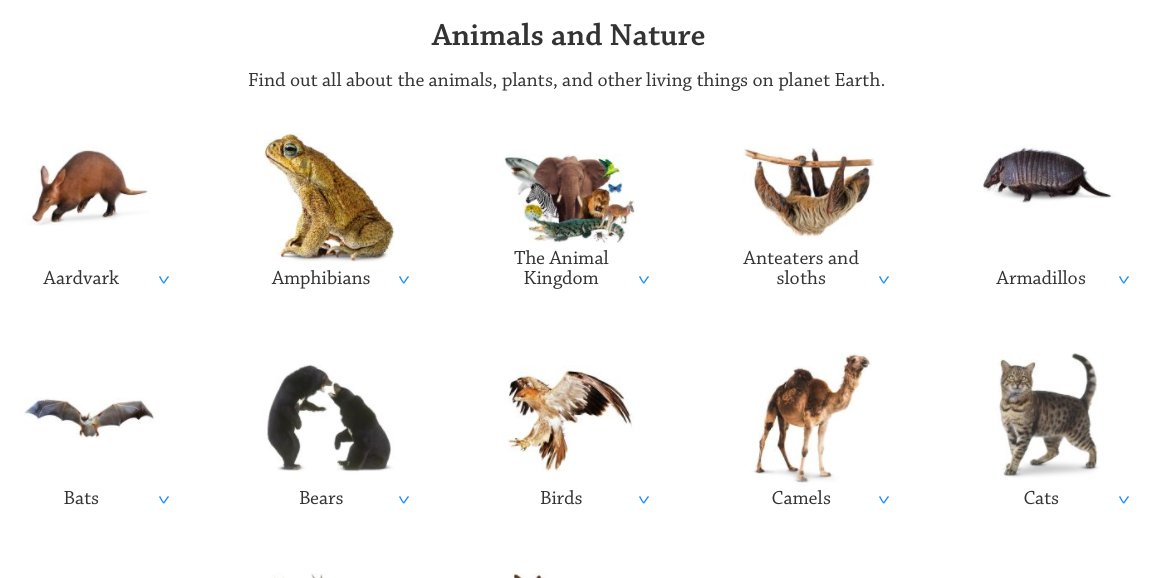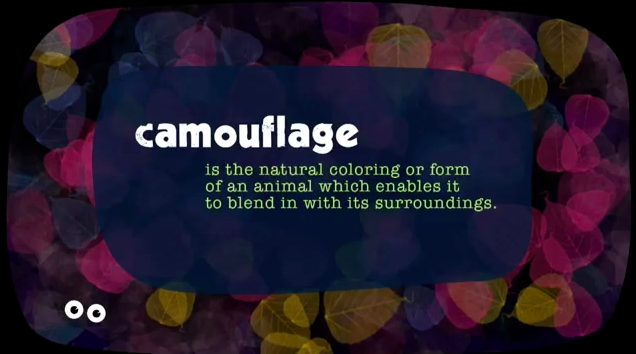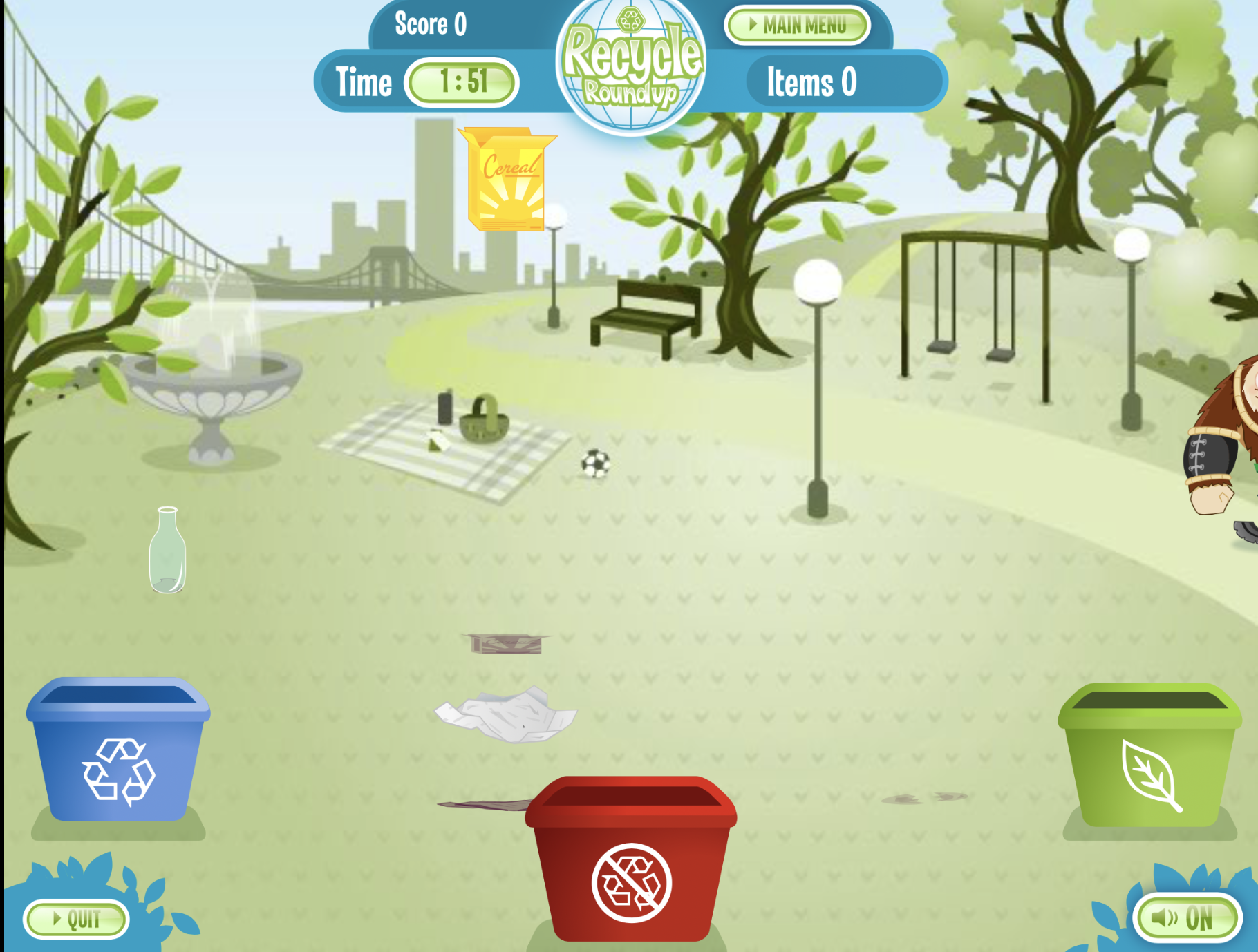Science and Technology
Dangers at Home
Search through the different rooms and look for the dangers and different sources of energy.
Skittles Experiment
Dissolving Skittles
Add your skittles around the edges of a bowl. Use three of each colour to increase the concentration.
Your children can choose whatever colour combination they like. The skittles start to dissolve pretty quick and the colours will make a beautiful pattern.
Use a slow motion recording to see the skittle dissolve gradually.
Lego and Energy
This is a wonderful activity that incorporates design, construction and assembly and energy and movement.
Your class must design a lego car that will be powered by a balloon. The children must think carefully about how they can attach the balloon to the lego car to ensure it stays attached.
Movement
This resource shows your children a much more in-depth approach to movement.
You children will begin to recognise how cams, pulleys, gears and levers work by creating simple models.
This is a fantastic learning resources and so much fun!
Glitter Bugs - Germs
This is an experiment to show the passing of germs.
Collect as many different colours of glitter as you can. Split your class into groups and allow each group to put a different colour of glitter onto their hands.
Once all children have glitter on their hands, allow the groups to mingle and shake hands.
Data Collection
Create a table showing red germs, green germs, yellow germs etc. along the top and a list of each child’s name down the side. The children will look at their hands and tick which germs they have on their hands. They will then collect the data from their peers and create a graph or chart of your choice.
Catapult
The children will be able to see how different forces affect movements. You will need thick lollipop sticks, elastic bands and small marshmallows.
You can see how to make the catapult by looking at the image and once the children have designed it, you are ready to begin the experiment.
The children are going to see how far a marshmallow can travel when their catapult is pulled down under different tensions.
Balloon Shooters
Your children will be able to see how elasticity can generate force using these shooters. The children love to see how far their ping pong ball can go.
I would encourage your children to use different materials to create their shooters to allow them to problem solve and improve on their shooter.
Lava Lamps
For this experiment you will need a plastic bottle, vegetable oil and Alka-Seltzer tablets.
First you should pour water into a plastic bottle using a funnel until it is one quarter full.
Next, pour in vegetable oil until the bottle is nearly full and wait until the oil and water have completely separated.
Then ask the children to choose their food colouring and add around a 10-15 drops to the mixture.
Your children will notice that the food colouring falls through the oil and mixes with the water.
Cut an Alka-Seltzer tablet into smaller pieces and drop one of the pieces into the bottle and the reaction begins!
How does this work?
The oil floats on top of the water because it is lighter than water. The food colouring has the same density as the water so it sinks through the oil and mixes with the water. When you add the tablet it sinks to the bottom and starts to dissolve. As it dissolves it releases carbon dioxide. Gas or air, is lighter than water so it floats to the top.
Egg Parachute
This experiment involves your children designing a parachute that can hold an egg. They must then ensure that it descends slowly from a height, perhaps the top of the stairs in school to ensure the egg doesn’t crack.
Your should allow your children to create simple trial runs and experiment with different designs and materials.
To see how it should be designed, click the image.
Volcano Eruption
For this experiment you will need baking soda (not powder), vinegar and a container.
First place the tall container inside the wider one and pour in some baking soda.
Next, slowly pour some vinegar and red food dye into the tall container and watch the mixture sizzle and erupt like a volcano!
Hot Air Balloon
Write this statement on the boards before the lesson, ‘Warm air takes up more space!’
For this experiment you will need a balloon, an empty bottle and hot water. Leave it for a few minutes and you will see the balloon stretch.
Click the image to see this experiment work.
How does this work?
As the air inside the balloon heats up it starts to expand. The molecules begin to move faster and further apart from each other. This is what makes the balloon stretch.
Blow up a Ballon - by inhaling!
Your children all know how to blow up a balloon by exhaling. Today they are going to find out how to inflate a balloon by inhaling.
Watch the tutorial and explanation by clicking the image.
Inspiring Science
This is a super video clip that shows your how to create a range of science experiments in your classroom.
Allowing your children to watch a video clip like this will inspire their imagination. You can even allow them to choose an experiment each week by way of a vote.
Seasonal Changes
Plants and animals show differing behaviour during the year, in tune with the seasons and the seasonal weather.
Plants and animals also time their lifecycles to coincide with each other. Birds set up territories in the early spring, followed by courtship and the laying of eggs. Chicks are born when there is an abundance of insects and plants to feed them with.
Find out more by clicking the image.
How Animals Cope During Winter
This is an interesting video clip to highlight how animals and plants cope during the harsh winter months.
We all have great fun in the winter snow building snowmen, sledging and throwing snow balls.
Winter for animals is not so much fun, as they must keep on searching for food. Children in schools often provide food for some animals during the winter, garden birds are given nuts, sheep are given straw but other animals must fend for themselves and their young.
Life Cycles
These are fact sheets that allows your class to learn more about the life cycles of different animals.
The fact sheets include some key vocabulary and terminology to develop the knowledge of your children. The fact sheets can be read independently or can be worked on as a group activity.
This resource provides information about frogs, penguins, salmon, kangaroos and butterflies. Click the image to start the download.
Science Topics
This is a fantastic resource which provides you with information, images, video clips and experiments to develop the scientific skills of your children. The resource explores rocks, forces, living things, energy and electricity, materials and more.
Rocks and Properties
This is a useful resource to explore when looking at different rocks and properties.
The resources shows animations, provides an online experiment for your class to complete and provides associated activity worksheets.
Plant Life Cycle
This is an informative resource that allows your children to learn more about the life cycle of a plant.
Science
This resource highlights a variety of different areas of science that your children can explore. They simply choose an images and learn more using the different text, images and interactive resources.
Famous Scientists
People have been studying the world around them for thousands of years. These individuals become master in their fields and made vital and important contributions and discoveries to science. Simply choose a scientist and learn more.
Wind Vane
Breezy weather? Help your young scientist relate to weather and make a wind vane —a simple version of a classic scientific measurement tool—in the process!
What You Need:
Round plastic drinking cup with lid, or round food storage container with lid
Pebbles or sand
Sharpened pencil
Drinking straw (a straight one, no bendies!)
Straight pin
Poster board or card stock paper
Black permanent marker
Anemometer
An anemometer is a tool made to measure the speed of wind. This anemometer should take 15-30 minutes to make.
Light Painting
A fantastic activity to accompany your work on light sources is to allow the children to create their own light paintings. At first it looks very complicated but it’s not! All you need is a camera that you can modify the shutter speed on and a light (small torch). Change the shutter speed to a longer period of time (which keeps the shutter open longer) and take the picture. You will need to create simple shapes and patterns (as other objects can be very difficult) and always keep the light pointing towards the camera. Also, if you had a tripod to steady the camera this would really help the pictures and to change the colour place felt over the light.
Water Cycle
Water on the earth is constantly moving. It is recycled over and over again. This recycling process is called the water cycle. This is a mini water cycle. Add a rock to represent a mountain, grass for the vegetation, and a small pond made from alluminium foil and filled with water. To power up the water cycle, you close the container and put it in the sun. To find out more Click Here.
Water Cycle Animation
This animated resource explain the four parts of the water cycle. It explain what happens at each stage. This is a fantastic resource which the children could use independently. At the end of the animation there are 4 activities whereby the children are challenged to put what they have learnt into practice.
The Body
In this learning game, your children must place the organs into their correct position in the body.
The children will learn new vocabulary associated with the body and will be able to locate the major organs once completed.
Electrical Dangers
This game allows your children to recognise the dangers around different areas of their house.
The children will be encouraged to think safely when it comes to electricity.
Animals
Check out the variety of resources we have linked to animals from across the world. We have information on whales, penguins, bats, elephants and much more.
Camouflage
This video resource is a fantastic introduction to how and why animals use camouflage. It is important to note that some animals use camouflage for different reasons and you should ask your class to think of animals and also think of the reason they need camouflage.

